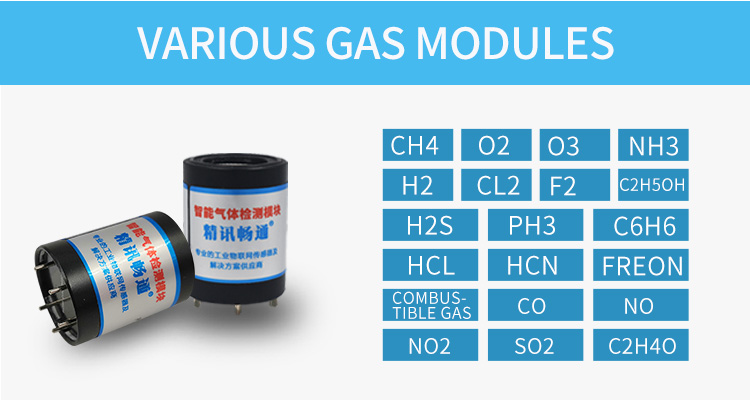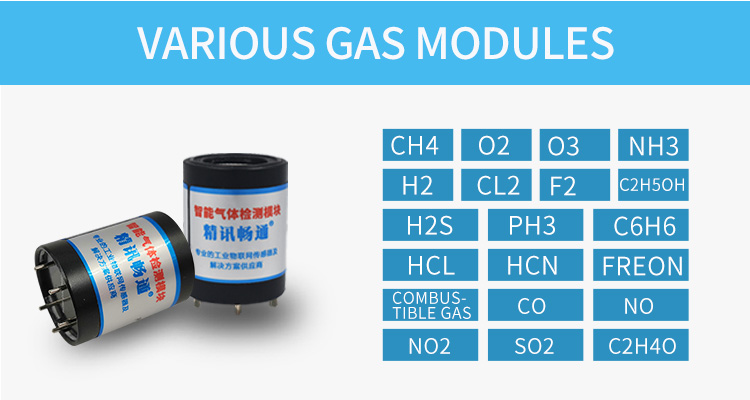Water is one of the Earth's most vital resources, essential for all forms of life. Access to clean and safe water is crucial for human health, agriculture, industry, and ecosystems. However, with increasing population growth, urbanization, and industrial activities, water resources are facing significant challenges. Pollution, contamination, and deteriorating water quality pose a threat to the sustainability and availability of freshwater sources. To address these concerns, water quality monitoring plays a critical role in safeguarding water resources. In this article, we will explore the importance of water quality monitoring, its methods, and how it contributes to maintaining a sustainable water supply.
Understanding Water Quality:

Water quality refers to the chemical, physical, biological, and radiological characteristics of water that determine its fitness for various uses. The parameters used to assess water quality include temperature, pH, dissolved oxygen, turbidity, conductivity, nutrient levels, heavy metal concentrations, presence of pathogens, and more. The World Health Organization (WHO) has established guidelines and standards to ensure safe drinking water, while regulatory bodies set limits for water quality in different settings, such as agricultural or industrial use.
Importance of Water Quality Monitoring:
Protecting Human Health:
Safe drinking water is essential for public health. Monitoring water quality helps identify potential contaminants and ensure compliance with safety standards. By regularly testing water sources, authorities can detect harmful bacteria, viruses, chemicals, and toxins that pose risks to human health. Early detection allows for appropriate measures such as water treatment or restrictions on water use to protect communities from waterborne diseases and other health hazards.
Preserving Ecosystems:
Aquatic ecosystems are home to diverse plant and animal species and provide vital habitat and food sources. Monitoring water quality enables the assessment of ecosystem health and guides conservation efforts. By measuring parameters like dissolved oxygen levels, nutrient concentrations, and the presence of pollutants, scientists can identify sources of ecosystem stress and take measures to protect vulnerable species, restore habitats, and maintain biodiversity.
Supporting Agriculture and Irrigation:
Agriculture is a major consumer of water resources. Monitoring water quality in irrigation systems is crucial to ensure crop growth and productivity. Excessive levels of salts, heavy metals, or pesticides in irrigation water can harm crops and affect soil fertility. Regular water quality monitoring allows farmers to adapt their irrigation practices, make informed decisions about water use, and prevent agricultural pollution.
Managing Industrial Processes:
Industries rely on water for manufacturing, cooling, and waste disposal. Effective water quality monitoring helps industries comply with environmental regulations and minimize their impact on water resources. By monitoring chemical and biological parameters, industries can identify and address potential contamination sources, reduce wastewater discharges, and optimize water treatment processes. This contributes to sustainable production practices and prevents the release of harmful pollutants into water bodies.
Water Quality Monitoring Methods:
Water quality monitoring involves both field measurements and laboratory analysis. Here are some common methods used:
In-Situ Monitoring:
In-situ monitoring involves taking measurements directly at the water source using portable instruments. These instruments include handheld devices or probes that analyze parameters such as temperature, pH, dissolved oxygen, turbidity, conductivity, and more. In-situ monitoring provides real-time data, allowing for immediate assessment of water quality and prompt action if necessary.

Laboratory Analysis:
Water samples collected from various sources undergo comprehensive laboratory analysis. This involves testing for specific contaminants, such as heavy metals, pesticides, bacteria, viruses, and other chemical compounds. Laboratory analysis provides accurate and precise measurements, enabling in-depth evaluation of water quality according to established standards and guidelines.
Remote Sensing:
Remote sensing technologies, such as satellite imagery and aerial surveys, contribute to large-scale water quality monitoring. These techniques provide valuable information on factors like water surface temperature, algal blooms, and sedimentation patterns. Remote sensing enables the assessment of water quality across wide areas, making it particularly useful for monitoring large bodies of water and detecting changes over time.
Citizen Science:
Citizen science initiatives engage the public in water quality monitoring. Volunteers are trained to collect water samples and record data using simple testing kits. This participatory approach increases the availability of data, expands monitoring coverage, and raises awareness about water quality issues. Citizen science programs empower communities to actively contribute to the protection of water resources.
Conclusion:
Water quality monitoring is an essential component of safeguarding water resources. By regularly assessing water quality, we can identify potential risks, take preventive measures, and ensure the sustainable management of this precious resource. Monitoring helps protect human health, preserve ecosystems, support agriculture, and manage industrial processes effectively. Advances in technology and increased awareness of water quality issues have expanded monitoring capabilities, allowing for real-time data collection, remote sensing, and citizen participation. To ensure a safe and sustainable water supply for future generations, it is imperative that we continue to prioritize water quality monitoring and take collective action to address and mitigate water pollution.







